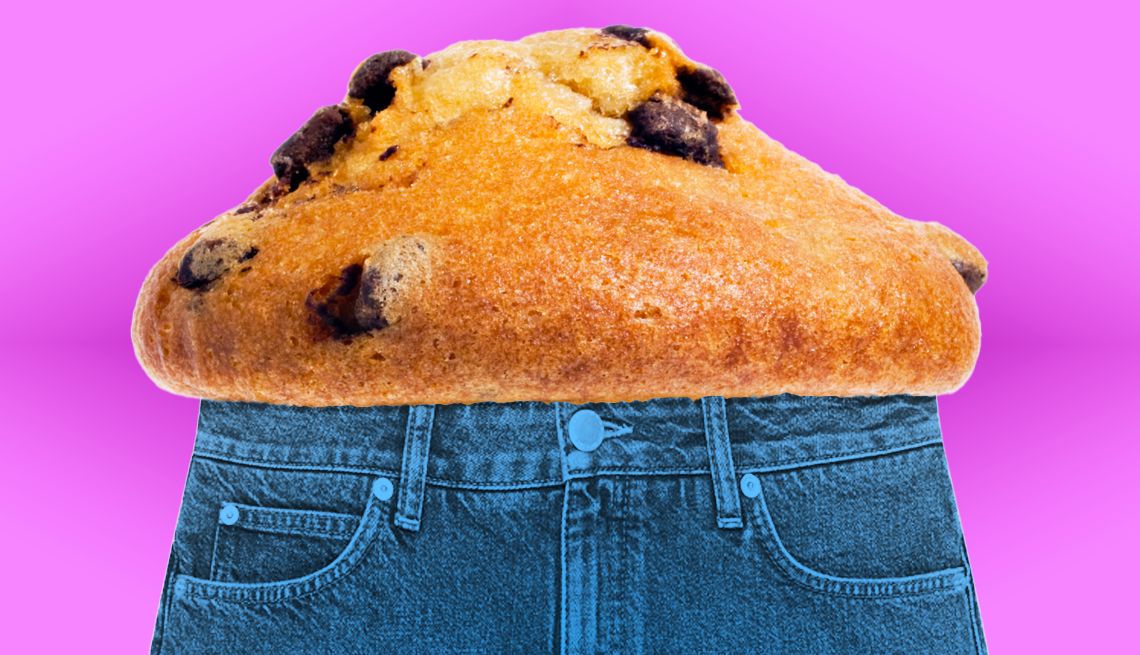AARP Hearing Center


Celebrity trainer and best-selling author Jorge Cruise isn’t shy when it comes to talking belly fat — and how he, 40 pounds overweight years ago, carried a lot of it.
“Belly fat robs us of confidence at any age,” says Cruise, who is now 54. “But more than that, our waistline is our lifeline, particularly as we get older. You can have hip fat, butt fat and arm fat, and still be relatively healthy. But if you have belly fat, it will crush your health.”
What is belly fat?
Belly fat is the fat that accumulates around your abdomen. Belly fat also includes visceral fat, which wraps around your internal organs to help cushion and protect them. But having too much belly fat can be harmful to your health. ,
Too much belly fat can lead to health problems, including cardiovascular disease, type 2 diabetes, cancer, stroke and dementia.
In fact, a 2025 study found that belly fat in middle-aged adults with abdominal obesity was linked to Alzheimer's disease–related brain changes such as beta-amyloid buildup.
Why is belly fat worse as you age?
As you get older, you lose muscle. And if you’re sedentary or don’t exercise, it’s even harder to stay at a healthy weight.
You also need fewer calories a day in your 50s than you did in your 30s. But if you don’t cut back on your caloric intake, you’ll gain weight.
If this sounds like you, wrap a tape measure around your stomach above your hipbone and pull it snug. A measurement of 35 inches or more for women or 40 inches or more for men could be a sign of unhealthy belly fat.



































































More From AARP
The Belly Fat Secret You Need to Know
If you are overweight, it's better to be fit
What Type of Sugar Is Healthiest?
Each sugar and sweetener has its own use and effects on the body
25 Processed Foods That Are Surprisingly Healthy
Surprising health benefits of processed foods